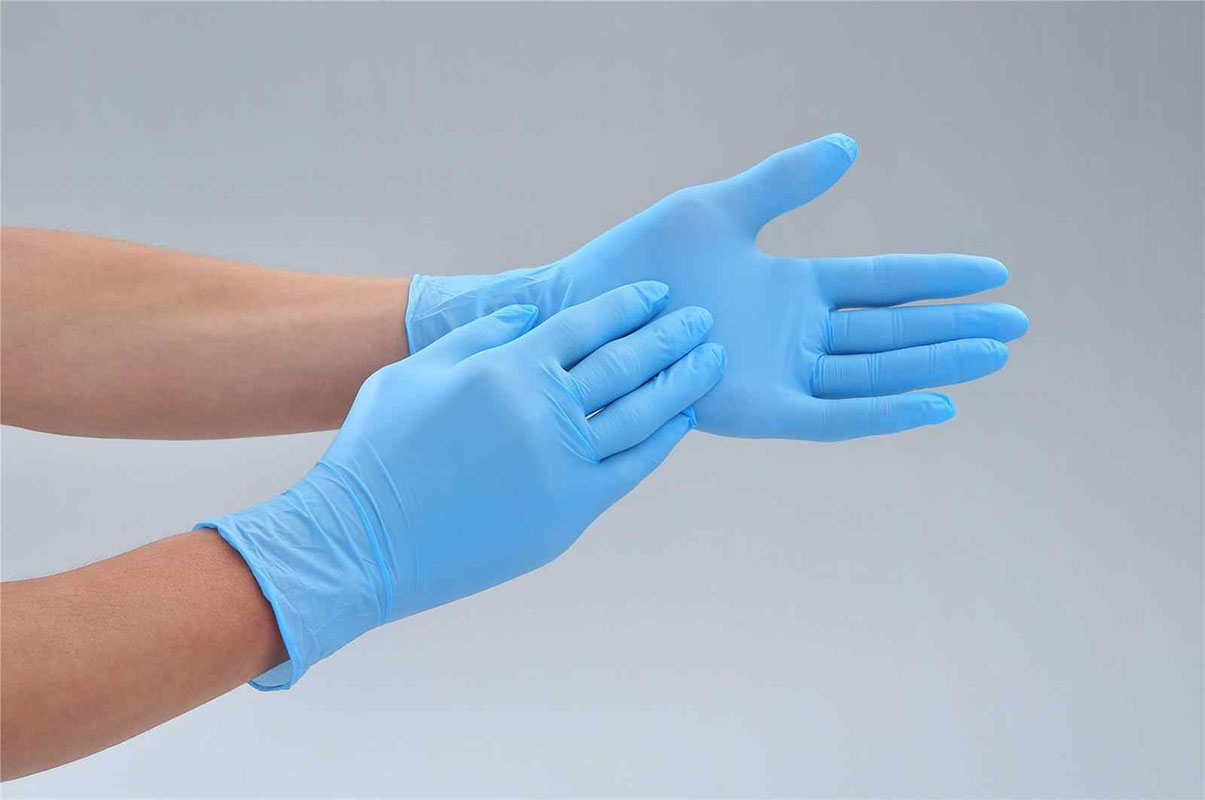Chemotherapy induced nausea and vomiting (CINV) is one of the most distressing side effects experienced by cancer patients undergoing chemotherapy treatment. Up to 80% of patients undergoing highly emetogenic chemotherapy (HEC) and up to 40% of patients receiving moderately emetogenic chemotherapy (MEC) can suffer from acute CINV if preventive antiemetic treatments are not administered. This negatively impacts patient’s quality of life and can also compromise adherence to their chemotherapy regimen. Managing CINV effectively poses several challenges for oncology healthcare providers.
The complexity of underlying mechanisms
Underlying mechanisms that trigger Cancer Chemotherapy Associated Nausea And Vomiting Therapeutics are complex, involving multiple pathways in the peripheral and central nervous system. Chemotherapeutic agents can stimulate neurotransmitter receptors like serotonin (5-HT3), substance P, neurokinin 1 (NK1) receptors in the gastrointestinal tract and brainstem chemoreceptor trigger zone. This leads to activation of the vomiting center in the medulla and subsequent nausea and vomiting. As different chemotherapeutic agents work via different receptor pathways, a multi-targeted approach is needed for optimal CINV management.
Individual variability in risk factors
Patient risk factors like age, gender, history of motion sickness or prior CINV experience with chemotherapy also influence CINV risk. Younger patients, females and those with prior CINV history have higher risks. Lifestyle factors like alcohol consumption and smoking can also impact CINV severity. This individual variability requires tailored antiemetic prophylaxis for each patient.
Balancing efficacy and tolerability
While 5-HT3 receptor antagonists like ondansetron and palonosetron and NK1 receptor antagonists such as aprepitant, rolapitant and netupitant-palonosetron have significantly improved CINV control, optimal regimens require balancing efficacy and tolerability. For e.g., while triple therapy with 5-HT3, NK1 and dexamethasone provides broad prevention, it may cause excess adverse effects in low risk groups. Optimization of antiemetic prophylaxis remains an ongoing challenge.
Breakthrough nausea and vomiting
Despite optimal prophylaxis, some patients still experience breakthrough CINV episodes triggered by external or internal cues. This is more common with delayed onset CINV occurring 2-5 days following chemotherapy. Incomplete control of delayed CINV poses a major problem as it affects patient’s quality of life as well as delays or hampers further chemotherapy administration. More effective treatment approaches are still needed in this setting.
New directions in CINV management
Cancer Chemotherapy Associated Nausea and Vomiting Therapeutics
Recent advances in antiemetic therapies and development of guidelines by Cancer organisations have significantly improved CINV control. However, ongoing research efforts aim to further enhance prevention and management. Areas of active investigations include novel NK1 receptor antagonists with better safety profiles, new classes of antiemetic drugs with other mechanisms like cannabinoid, ghrelin receptor and neurokinin 2 receptor agonists. Other novel approaches being explored are use of olanzapine, gabapentin, dexamethasone extended release formulation and aprepitant phosphoesters prodrug for breakthrough CINV. Personalized medicine approaches using biomarkers, pharmacogenomics and digital health technologies also hold promise to optimize future CINV management. Overall, continued research and development of newer therapeutic options coupled with optimized clinical algorithms employing a multimodal approach hold the key to maximizing CINV control in cancer patients worldwide.
*Note:
1. Source: Coherent Market Insights, Public sources, Desk research
2. We have leveraged AI tools to mine information and compile it.



